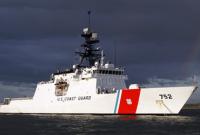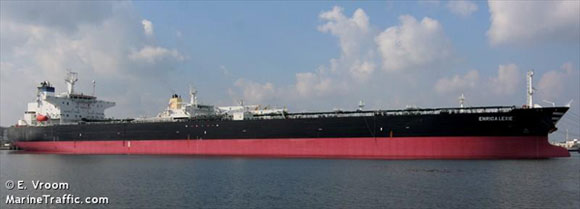
Enrica Lexie
Two Italian marines, Latorre Massimiliano and Salvatore Girone, are in an Indian jail awaiting trial for the alleged murder of two Indian fisherman. They are at the center of a legal & diplomatic fight over the use of armed guards on merchant ships to combat pirates. On February 15th, as members of an Italian navy Vessel Protection Detachment (VPD) on board the oil tanker MV Enrica Lexie, the marines shot and killed two Indian fishermen that they mistook for pirates. Over the weekend, the Italian government recalled its envoy from New Delhi to protest the Indian government’s handling of the case.
Italy says envoy recall signals “strong displeasure” with India
Continue reading

 On Wednesday, Philadelphia’s tall ship, the 112+ year old
On Wednesday, Philadelphia’s tall ship, the 112+ year old  Charles Spencer, writing for the Telegraph
Charles Spencer, writing for the Telegraph The Dragon Harald Fairhair is the largest Viking longship to be built in modern times. (See our previous post:
The Dragon Harald Fairhair is the largest Viking longship to be built in modern times. (See our previous post: 
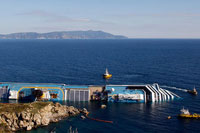 Representatives of Titan-Micoperi presented their plans to raise the Costa Concordia from where she sank after running aground off the island of Gilgio last January. Titan-Micoperi is the consortium of Titan Salvage, the Crowley-owned specialist marine salvage company, and Italian marine contractor Micoperi, which was
Representatives of Titan-Micoperi presented their plans to raise the Costa Concordia from where she sank after running aground off the island of Gilgio last January. Titan-Micoperi is the consortium of Titan Salvage, the Crowley-owned specialist marine salvage company, and Italian marine contractor Micoperi, which was 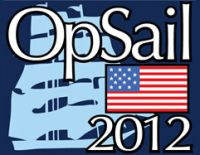 Next Wednesday, May 23rd,
Next Wednesday, May 23rd, 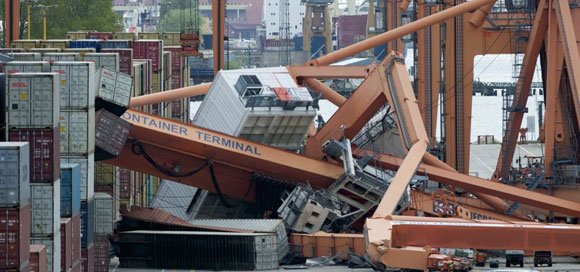
 Aargh. Once again, the junk food of maritime events, another “pirate” festival. This one is being sponsored by one of my favorite museums, the
Aargh. Once again, the junk food of maritime events, another “pirate” festival. This one is being sponsored by one of my favorite museums, the  In March, the European Union Naval Force was authorized to attack Somali pirates in coastal waters and ashore. On Tuesday,
In March, the European Union Naval Force was authorized to attack Somali pirates in coastal waters and ashore. On Tuesday,  We recently posted “
We recently posted “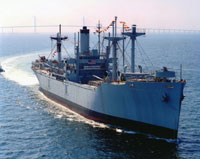 The museum ship
The museum ship 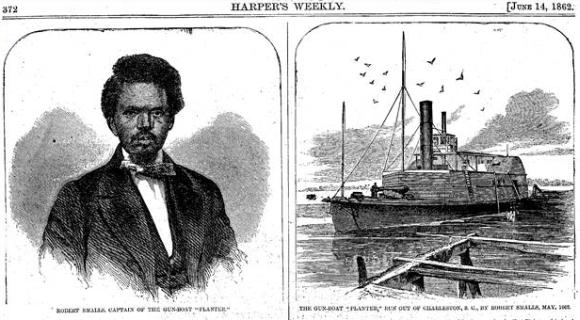 One hundred and fifty years ago today,
One hundred and fifty years ago today, 